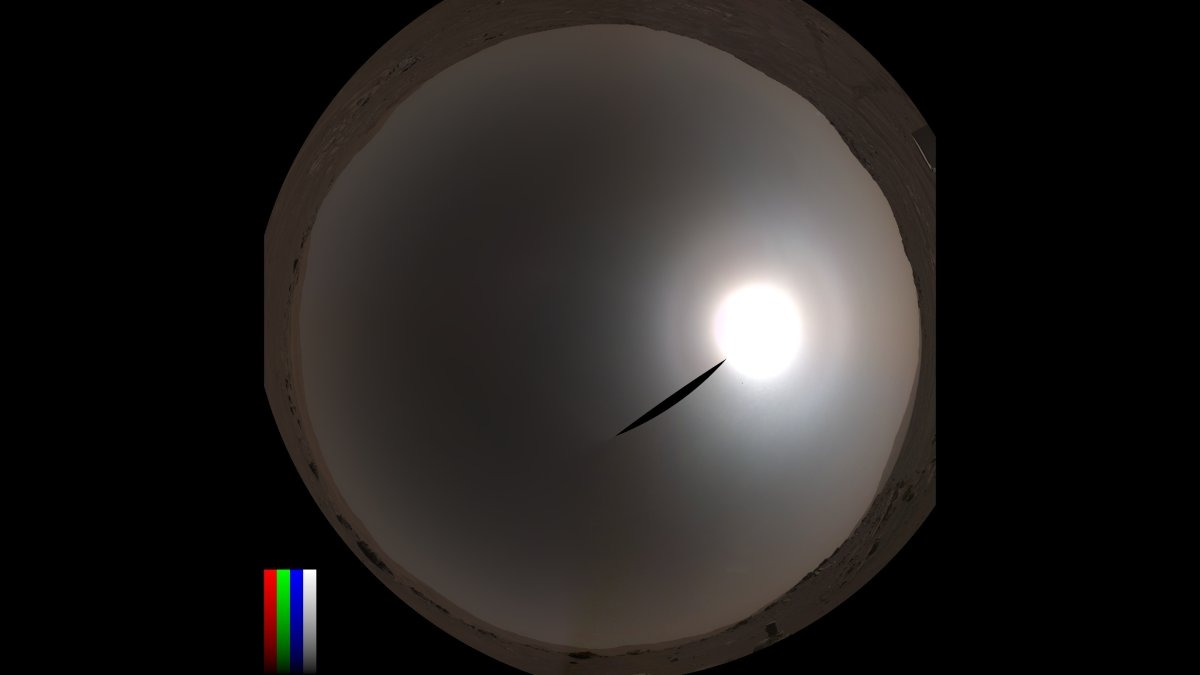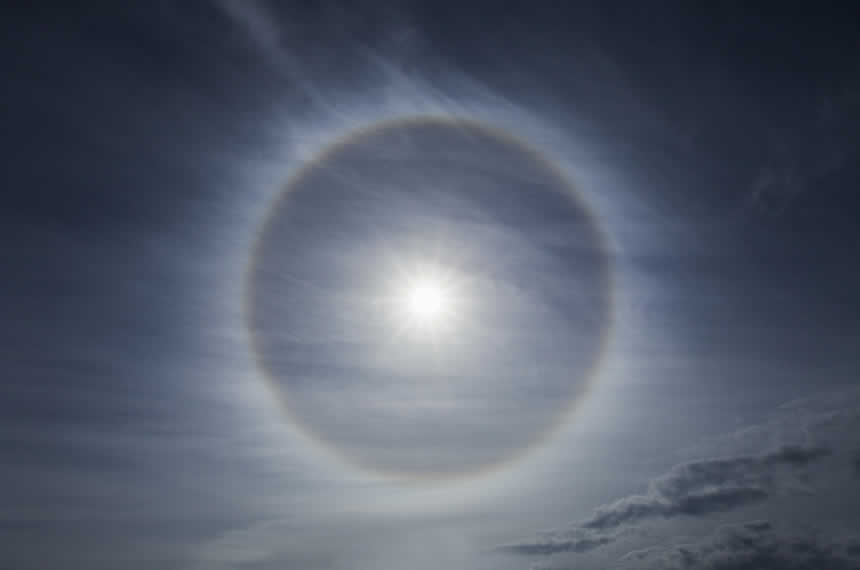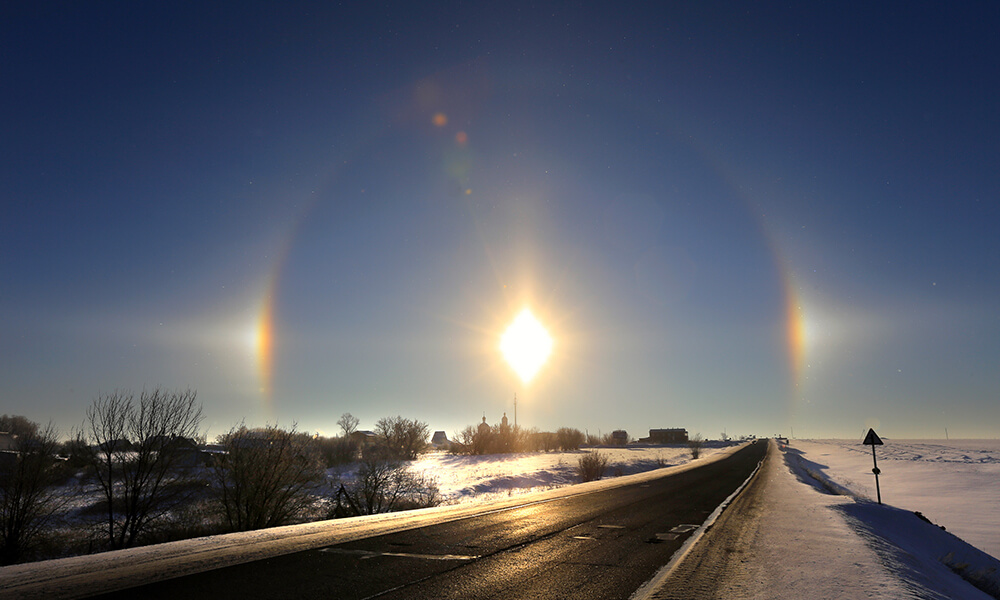NASA’s Perseverance rover has noticed a phenomenon that scientists thought they would never see on Mars. Scientists have long assumed that the effect of the solar halo is possible not only on Earth, but there is no confirmation of this. Characteristic weather and atmospheric conditions are necessary for the formation of a halo. As a result of a combination of factors, the visibility of a bright spot on both sides of the sun or the halo surrounding it is created.

Scientists have long believed that a similar optical trick could take place on other planets. But over a decade of research conducted on Mars and many photographs created by the works, scientists have not seen any signs of a solar halo. But on December 15, 2021, Perseverance managed to notice this phenomenon.
“We were looking through the December photos taken by Perseverance and found what we’ve been looking for — the halo effect in the atmosphere of Mars,” said Mark Lemmon, a planetary scientist at the Institute of Space Sciences, a nonprofit research institute in Boulder.
Halo on the Earth
To notice the halo effect around the Sun on Earth, you need cold weather, the presence of cirrus clouds and humidity. Under such conditions, hexagonal ice crystals appear in the atmosphere, which can deform sunlight. The hexagonal structure of water-ice crystals determines the size of the halo located 22 degrees from the Sun.

If the crystals are too small, or the clouds are too thick, or the weather is too warm, the halo will be absent. Crystals of other chemicals in the atmosphere may have a similar effect, but the crystal structure of each chemical creates a halo of a special size.
Halo on dry Mars
The atmosphere of Mars consists almost entirely of carbon dioxide and is very dry. Therefore, the team tested how a huge halo can be made by dry ice crystals. But this calculation turned out to be completely at odds with what Perseverance saw. This raised doubts that the solar halo was atmospheric.
Scientists have tested whether the camera itself could create a bright ring through the lenses. But the image artifacts were rejected. In addition, the amazing photo was part of a sequence of five panoramic images of the sky taken by Perseverance. The sun and halo appeared in three, each time at a different point in the frame. And it was definitely not dust.

“We have a lot of photos that show you what is happening in the sky from dust. We know for sure that there is no halo from dust. We don’t have any other candidates to explain the effect anymore,” Lemmon explained.
Lemmon does not hesitate to draw radical conclusions yet. The scientist will wait for the next season on Mars to repeat the shooting of the sky under the same conditions and find a similar atmospheric effect in the photos. Therefore, we will have to wait for the aphelion cloud season, which will come on the Red Planet in 2023.
According to Geophysical Research Letters
Follow us on Twitter to get the most interesting space news in time
https://twitter.com/ust_magazine
